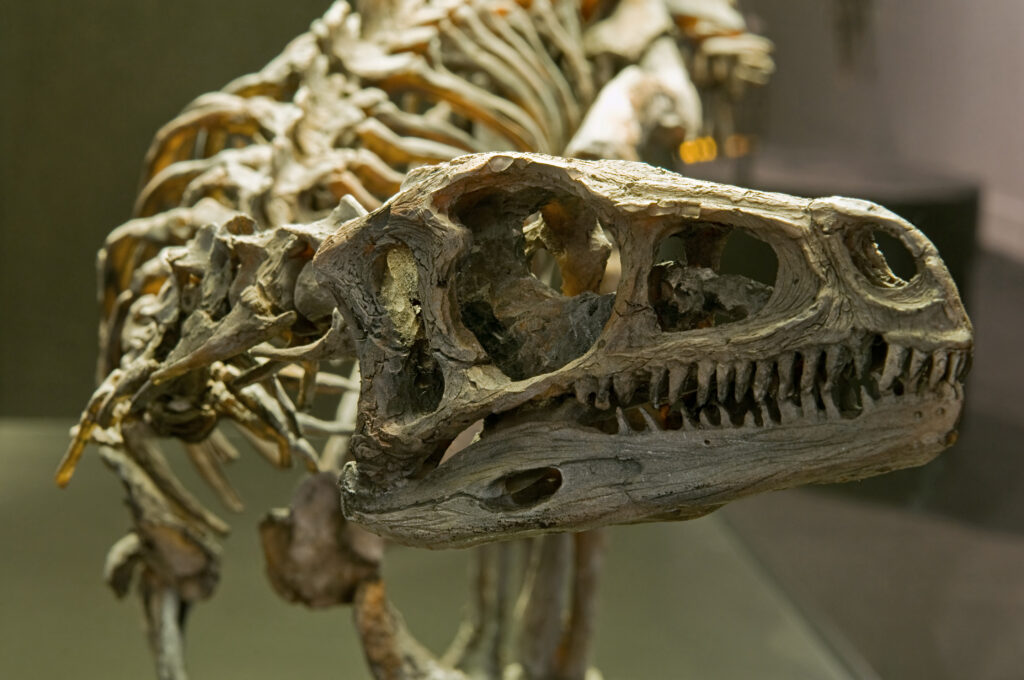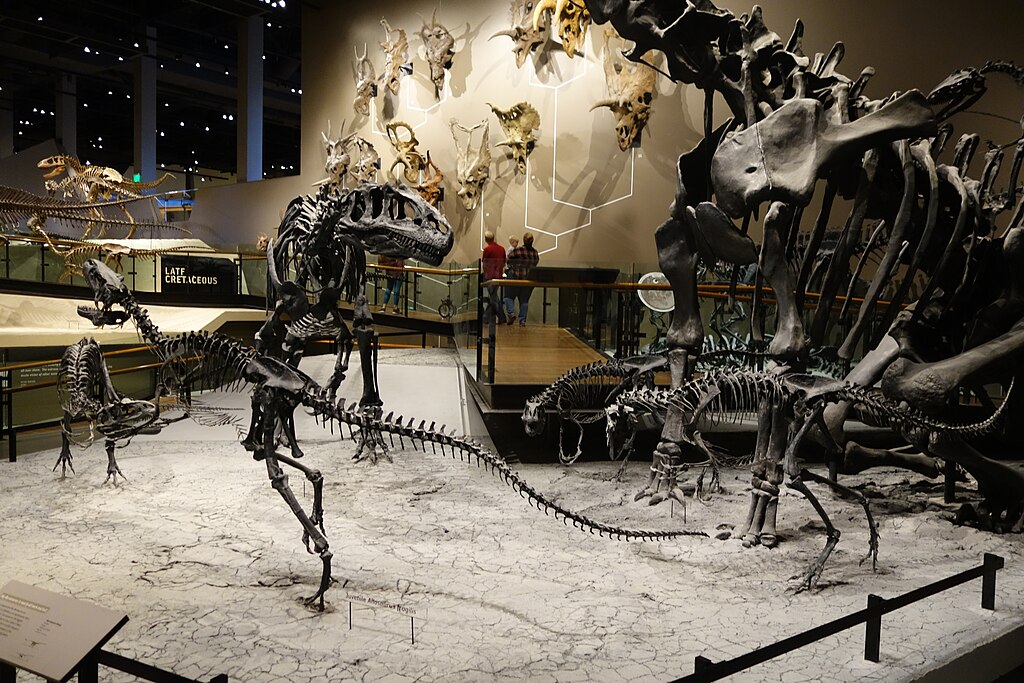The silent remnants of Earth’s ancient past—fossilized bones, preserved footprints, and delicate skin impressions—serve as time capsules from eras long gone. These paleontological treasures provide our most direct connection to creatures that roamed the planet millions of years before humans existed. Through careful scientific analysis of these preserved remains, researchers piece together compelling narratives about prehistoric life, reconstructing not just what ancient organisms looked like but also how they lived, moved, and interacted with their environments. The study of these fossilized clues has revolutionized our understanding of evolution and Earth’s biological history, offering glimpses into lost worlds that would otherwise remain forever unknown.
The Fossilization Process: How Organic Material Transforms Into Stone
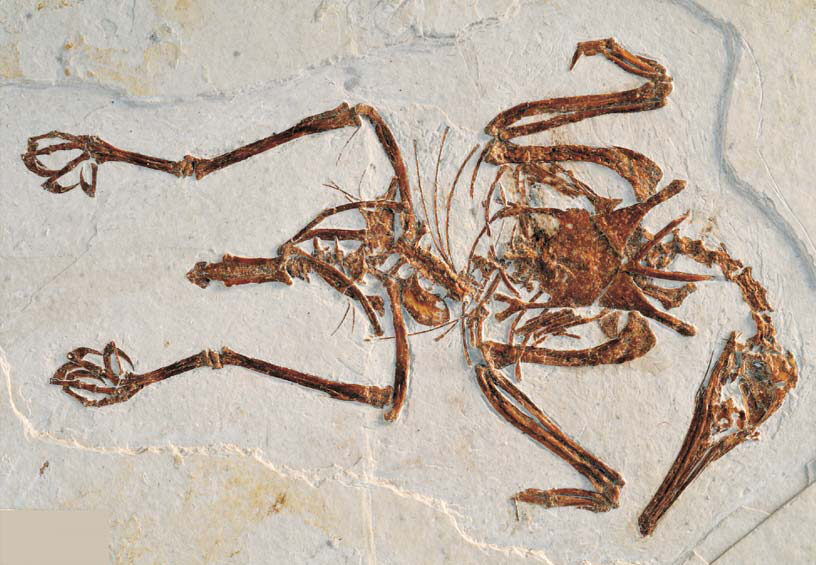
The transformation of once-living tissue into stone involves a remarkable sequence of events that must occur under precise conditions. When an organism dies, rapid burial by sediment is crucial to prevent decomposition and scavenging, creating an oxygen-poor environment that slows decay. Over thousands to millions of years, minerals from surrounding groundwater gradually infiltrate the organic material, replacing the original biological structures, cell by cell, in a process called permineralization. Different minerals create fossils with varying colors and properties—iron compounds produce reddish hues while silica creates the spectacular rainbow patterns seen in petrified wood. The entire fossilization process requires such specific circumstances that paleontologists estimate less than one percent of all organisms that ever lived became fossilized, making each discovery a rare window into prehistoric times.
Bone Architecture: Reconstructing Ancient Anatomy
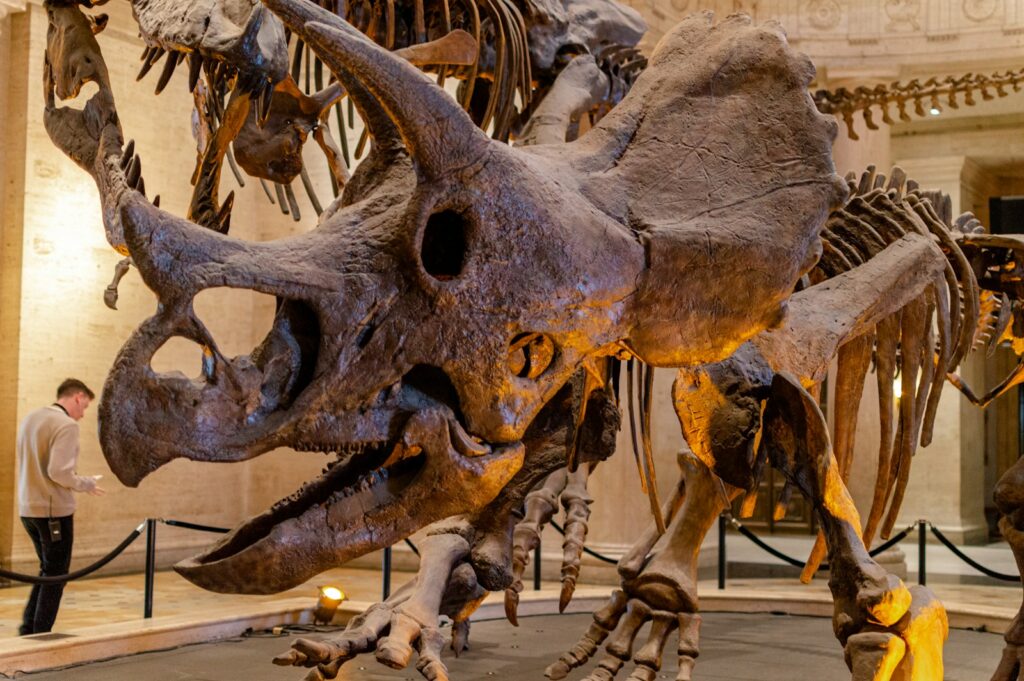
Fossilized bones serve as the architectural blueprints for reconstructing extinct creatures, revealing crucial details about their physical structure and evolutionary adaptations. The size, shape, and density of bones indicate an animal’s weight, method of locomotion, and overall body plan—crucial data points for understanding how it functioned in its environment. Microscopic examination of bone structure can distinguish between warm and cold-blooded metabolisms, while growth rings similar to those in trees can reveal an organism’s age and growth rate. Muscle attachment sites preserved on bones allow paleontologists to reconstruct soft tissues that normally don’t fossilize, providing insights into an animal’s strength and movement capabilities. These skeletal clues have enabled scientists to trace evolutionary relationships between modern and extinct species, revealing surprising connections such as the link between dinosaurs and modern birds.
Dental Evidence: Diet and Feeding Behaviors
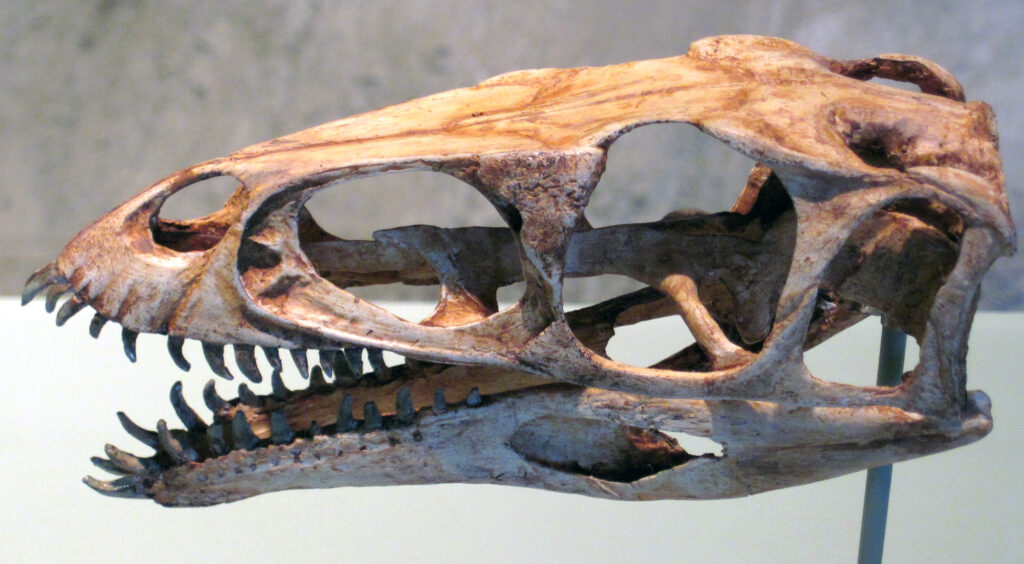
The teeth of extinct creatures function as one of paleontology’s most valuable tools for understanding prehistoric diets and feeding strategies. Sharp, serrated teeth indicate carnivorous habits, while flat, ridged molars suggest plant consumption, with many variations between these extremes revealing omnivorous or specialized feeding adaptations. Microscopic wear patterns on tooth surfaces—studied through a discipline called dental microwear analysis—can distinguish between animals that consumed soft fruits versus those that processed tough vegetation or crunched through hard-shelled prey. Chemical analysis of dental tissues can identify specific trace elements that accumulated during an animal’s lifetime, providing direct evidence of what it consumed and sometimes even revealing seasonal dietary changes. The study of dental development also offers insights into growth rates and life history patterns, as teeth form in predictable sequences that leave permanent records in fossil specimens.
Trace Fossils: Evidence Beyond Bones

Trace fossils—preserved evidence of animal activity rather than the animals themselves—offer unique insights into prehistoric behavior that skeletal remains alone cannot provide. These biological signatures include footprints, burrows, nests, feces (coprolites), and feeding marks that capture moments of activity frozen in time. Unlike body fossils that typically represent a single moment at death, trace fossils record behaviors of living organisms, providing direct evidence of how they moved through and interacted with their environments. The distribution and patterns of trace fossils can reveal social structures, such as herding behaviors in dinosaurs, discovered through grouped footprint trackways. Some particularly remarkable trace fossils have captured rare behavioral moments, including predator-prey interactions, mating rituals, and parental care, giving these ancient stones a narrative quality that brings prehistoric scenes to life.
Footprints: Prehistoric Motion Captured

Fossilized footprints offer paleontologists a remarkable opportunity to study prehistoric locomotion, essentially serving as motion pictures from the distant past. By measuring stride length, foot placement patterns, and depth of impression, researchers can calculate an animal’s speed and gait, distinguishing between walking, running, and other movement styles. The orientation and distribution of multiple trackways at a single site can reveal social behaviors, including evidence of herding, hunting formations, or parent-offspring interactions. Footprints also preserve information about soft tissues that rarely fossilize, including foot pads, webbing between toes, and skin textures that leave distinctive impressions in suitable sediments. Some extraordinary track sites, such as the 80-million-year-old “dinosaur stampede” at Lark Quarry in Australia, capture dramatic moments of prehistoric life—in this case, showing dozens of small dinosaurs fleeing from what appears to be a large predator.
Skin Impressions: Revealing External Appearances
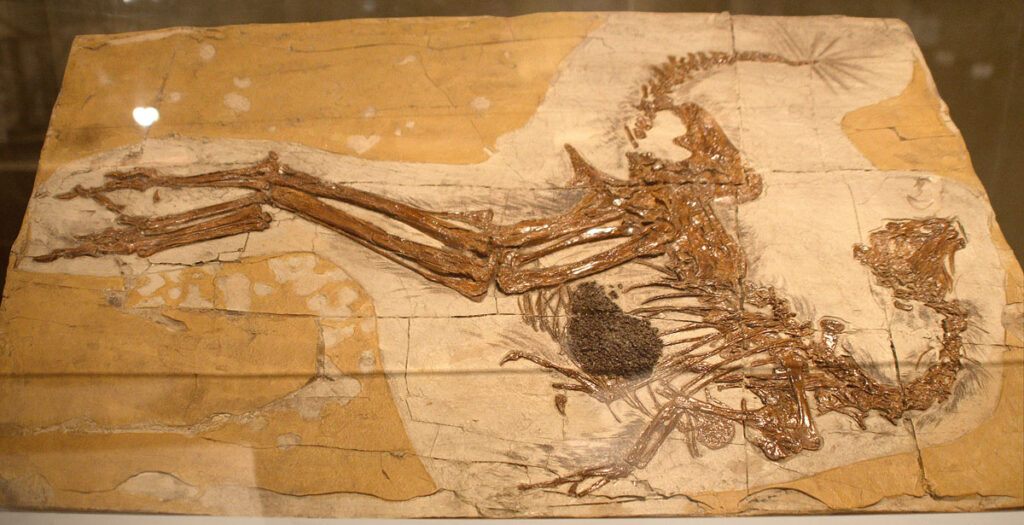
The rare preservation of skin impressions provides invaluable details about the external appearance of prehistoric creatures that would otherwise remain entirely speculative. These delicate fossils form when an animal’s skin contacts fine-grained sediment that hardens before decomposition occurs, creating a natural mold of the surface texture. Dinosaur skin impressions have revealed that many species had varied skin textures, including scales, tubercles (bumpy protrusions), and in some cases, evidence of filamentous structures that may represent primitive feathers. Skin impressions from marine reptiles like ichthyosaurs show streamlined, possibly smooth skin similar to modern dolphins, suggesting convergent evolution for aquatic efficiency. Perhaps most significantly, skin fossils have transformed our understanding of dinosaur appearance, challenging older representations by showing that some had complex color patterns, specialized scales, and diverse integumentary (skin) structures that indicate they were far more visually complex than initially believed.
Coprolites: Ancient Digestive Insights

Fossilized feces, known scientifically as coprolites, provide extraordinarily direct evidence of prehistoric diets and digestive processes. These preserved waste products can contain partially digested food remains, including plant fragments, bone splinters, scales, and shells that identify exactly what an animal consumed. The shape and internal structure of coprolites offer clues about digestive efficiency and gut anatomy in extinct species, helping researchers understand their metabolic capabilities and nutritional requirements. Advanced analytical tech, including CT scanning and chemical analysis, can reveal parasites, bacteria, and other microorganisms that inhabited prehistoric digestive tracts, offering insights into ancient disease ecology and host-parasite relationships. Particularly remarkable coprolite discoveries include a 140-million-year-old specimen containing the earliest known example of a flowering plant, pushing back the known appearance of angiosperms by several million years, demonstrating how these humble fossils can significantly impact our understanding of evolutionary timelines.
Fossil Eggs and Nests: Reproductive Behaviors
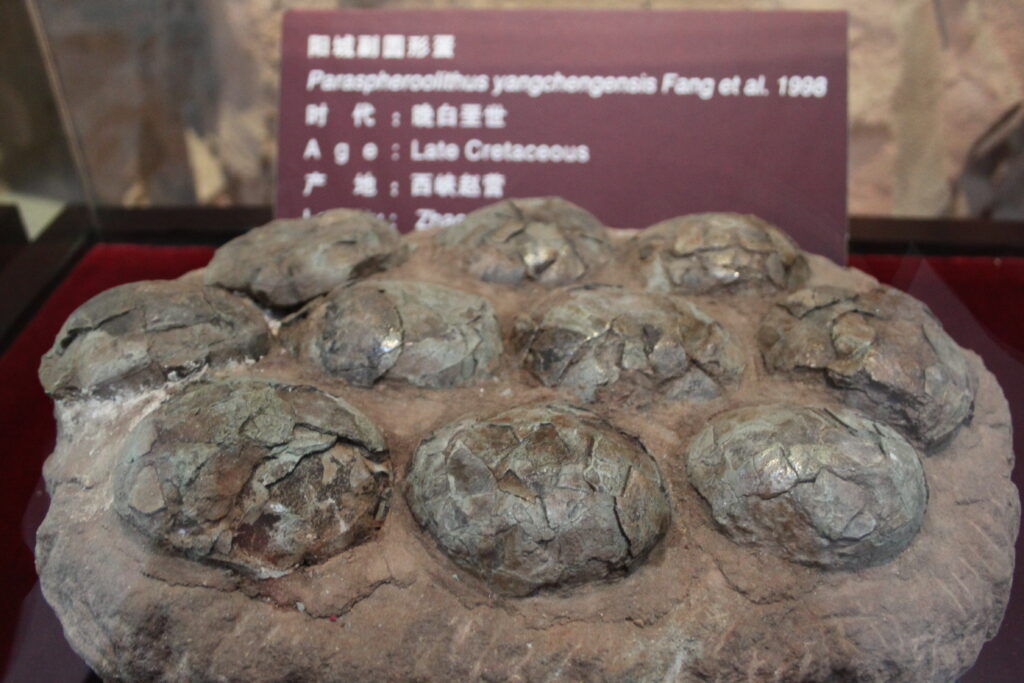
Fossilized eggs and nesting sites provide extraordinary glimpses into the reproductive strategies and parental behaviors of prehistoric animals. The size, shape, and shell structure of eggs reveal crucial information about the reproductive physiology of extinct species, including their development stage at hatching and incubation strategies. Microscopic analysis of eggshell structure can distinguish between eggs laid in moist environments versus those adapted for drier conditions, offering environmental context for nesting behaviors. The arrangement of eggs within nests indicates specific reproductive strategies—some dinosaur species arranged eggs in a circular pattern, suggesting brooding behaviors similar to modern birds, while others buried eggs in vegetation mounds like crocodilians. Perhaps most remarkably, some fossil nests contain preserved embryos caught in various developmental stages, providing unprecedented information about growth patterns and anatomical development of creatures that vanished millions of years ago.
Pathologies: Ancient Injuries and Diseases

Fossilized evidence of injuries, infections, and other pathological conditions offers intimate glimpses into the physical challenges faced by prehistoric creatures. Healed fractures in bones indicate animals that survived serious injuries, sometimes with dramatic deformities that demonstrate they continued living with significant disabilities, suggesting possible social support in some species. Arthritic conditions and abnormal bone growths reveal the physical toll of aging or repetitive physical stresses in ancient animals, helping reconstruct their movement patterns and potential limitations. Evidence of infections appears as distinctive bone lesions or abnormal tissue responses, including cases of tooth abscesses, bone infections, and even possible tumors that show these ancient creatures suffered many of the same ailments as modern animals. One famous example is “Sue,” the Tyrannosaurus rex specimen at Chicago’s Field Museum, whose skeleton shows multiple healed injuries and evidence of a severe infection that likely caused painful swelling in the throat area, providing a poignant connection to this predator’s individual life experience.
Paleoenvironmental Reconstruction: Habitat Insights
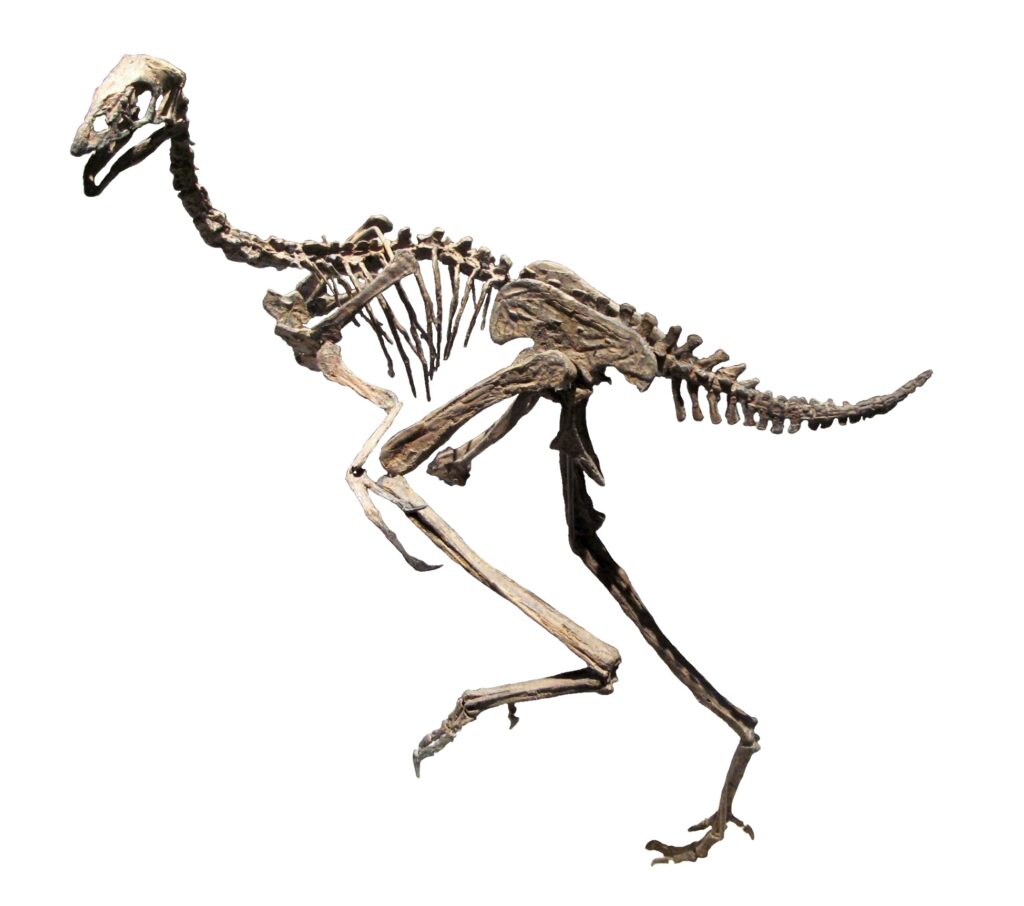
The geological context surrounding fossils provides crucial information for reconstructing the environments where prehistoric creatures lived and died. Sediment composition—whether marine limestone, riverbed sandstone, or volcanic ash—indicates the specific setting where fossilization occurred, while associated plant fossils and pollen samples reveal the vegetation communities that surrounded ancient animals. Chemical signatures preserved in fossil bones and teeth can indicate climate conditions, including temperature ranges and rainfall patterns that prevailed during an organism’s lifetime. The assemblage of different species found together at a single fossil site creates a snapshot of ecological relationships, allowing researchers to reconstruct food webs and community structures from millions of years ago. These environmental reconstructions provide essential context for understanding evolutionary adaptations, showing how anatomical features related to specific habitat challenges and opportunities faced by prehistoric organisms.
Modern Analytical Techniques: New Insights from Old Fossils
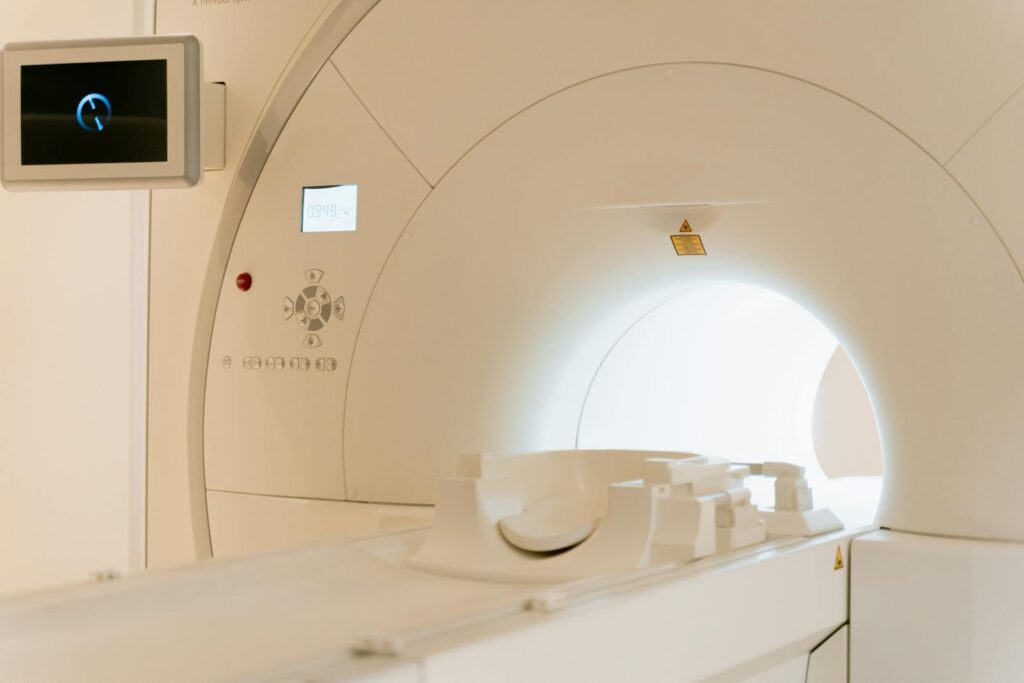
Cutting-edge technologies have revolutionized what information can be extracted from fossilized remains, offering unprecedented insights into prehistoric life. Non-destructive CT scanning creates detailed three-dimensional models of fossil interiors, revealing internal structures like brain cases and nasal passages without damaging irreplaceable specimens. Sophisticated chemical techniques, including stable isotope analysis, can determine an animal’s diet, migratory patterns, and even body temperature from molecular signatures preserved for millions of years. Ancient DNA recovery, though limited to specimens less than approximately one million years old, has revolutionized our understanding of recent extinctions and evolutionary relationships, including human ancestry. Synchrotron radiation facilities—specialized particle accelerators—can detect trace elements and even preserved organic compounds in fossils, recently enabling researchers to identify original proteins and pigment structures in specimens over 100 million years old, literally adding color to our picture of prehistoric life.
Mass Mortality Sites: Prehistoric Catastrophes

Fossil beds containing numerous individuals that died simultaneously provide dramatic evidence of ancient catastrophic events and their ecological impacts. These mass mortality assemblages can result from natural disasters, including volcanic eruptions, floods, droughts, and toxic algal blooms that kill multiple organisms in a single event. The famous Ashfall Fossil Beds in Nebraska preserve hundreds of perfectly articulated rhinos, horses, and other mammals killed by volcanic ashfall approximately 12 million years ago, their postures showing they died standing in water holes seeking relief from ash-irritated lungs. The orientation and condition of skeletons at mass mortality sites can reveal the specific nature of the catastrophe—animals facing the same direction might indicate escape attempts from fire or flood, while random orientations suggest sudden events like ash falls or toxic gas releases. These ancient disaster sites provide invaluable information about ecosystem structure by capturing entire biological communities simultaneously, offering ecological snapshots that would be impossible to reconstruct from isolated finds.
Exceptional Preservation: Soft Tissue Discoveries
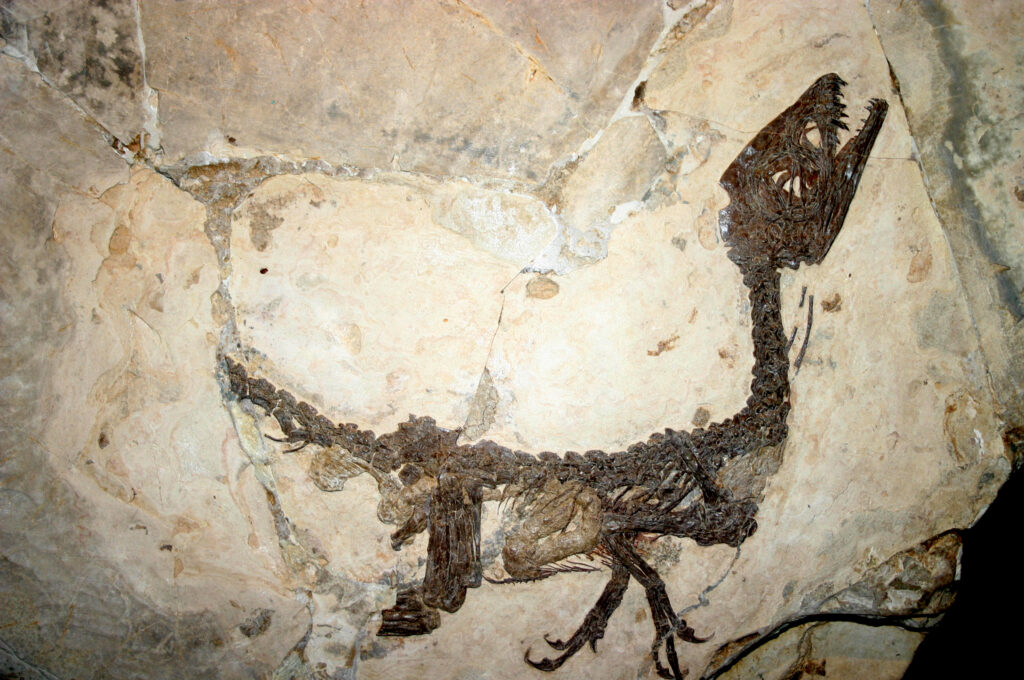
Extraordinarily rare instances of soft tissue preservation offer the most direct connection to prehistoric organisms, sometimes preserving actual organic components rather than just mineralized replacements. These exceptional fossils form under highly specific conditions, such as rapid burial in oxygen-poor, fine-grained sediments or preservation in amber, tar, or permafrost that inhibit decomposition. Remarkable examples include dinosaur specimens with preserved skin, muscle tissue, and even blood vessels identified by paleontologist Mary Schweitzer, findings that initially met with skepticism but have been subsequently validated through multiple analyses. Insects trapped in amber can preserve intact cellular structures, pigmentation, and even original DNA fragments, while specimens from tar pits like La Brea in Los Angeles contain preserved proteins and sometimes mummified tissue. These extraordinary preservations allow scientists to analyze actual biological materials rather than just mineralized replacements, potentially revealing information about coloration, soft anatomy, and even biochemical traits of extinct organisms that would otherwise remain forever unknown.
How Fossil Evidence Reconstructs Behavior and Environment

In piecing together the puzzle of prehistoric life, each fossilized bone, footprint, and skin impression serves as a crucial fragment of a vast and complex picture. These silent witnesses to Earth’s distant past continue to yield new insights as scientific techniques advance, enabling researchers to extract increasingly detailed information from remains that have endured for millions of years. From the thundering footsteps of dinosaur herds to the delicate wing patterns of ancient insects, these fossils connect us to a world that existed long before human consciousness emerged to contemplate it. As we continue to unearth and study these prehistoric treasures, we not only expand our understanding of life’s evolutionary journey but also gain perspective on our place within Earth’s remarkable biological narrative—a story written in stone, waiting for us to decipher its many chapters.

